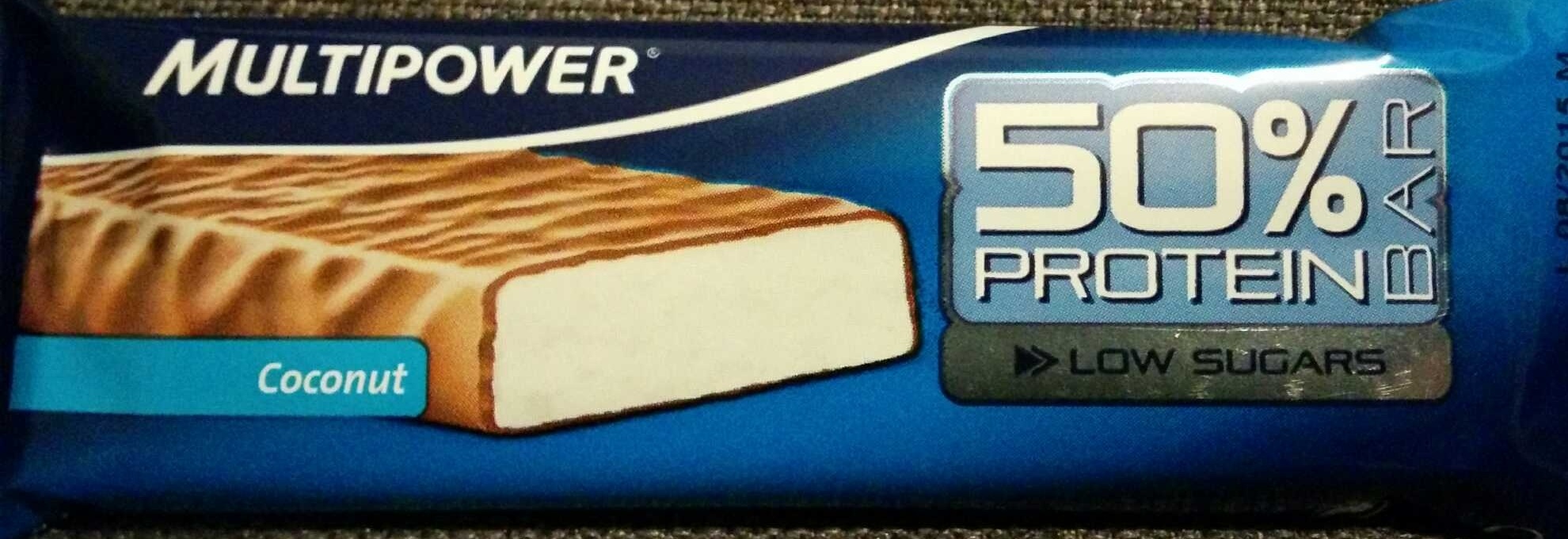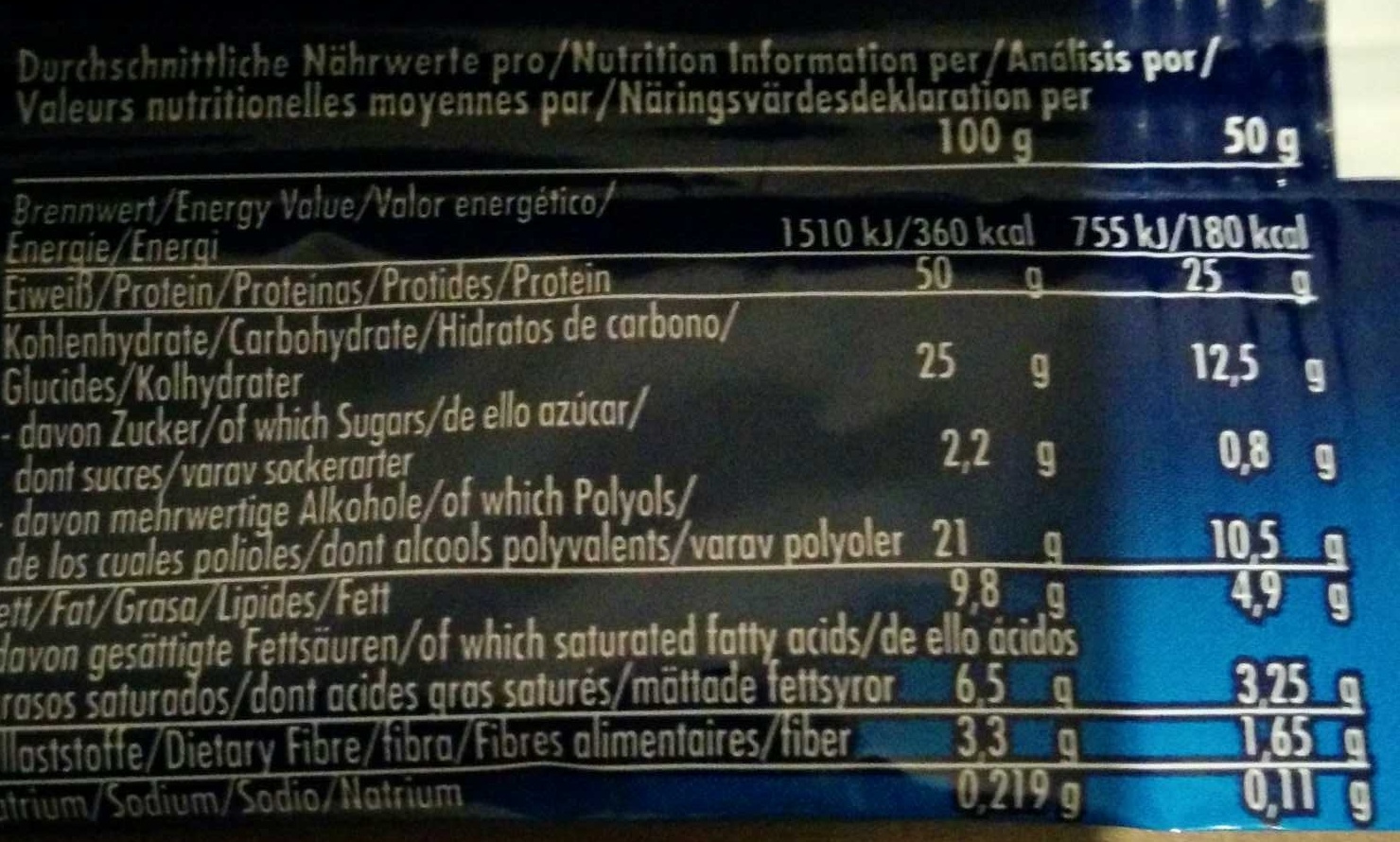50% Protein Bar Coconut - Multipower - 50 g
This product page is not complete. You can help to complete it by editing it and adding more data from the photos we have, or by taking more photos using the app for Android or iPhone/iPad. Thank you!
×
Barcode: 4006643133279 (EAN / EAN-13)
Quantity: 50 g
Packaging: Plastic
Brands: Multipower
Categories: Snacks, Dietary supplements, Bodybuilding supplements, Protein bars
Stores: Edeka
Countries where sold: Germany











